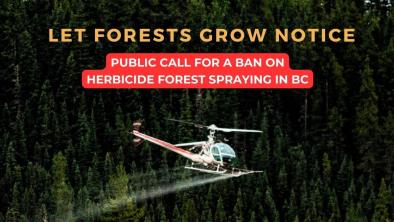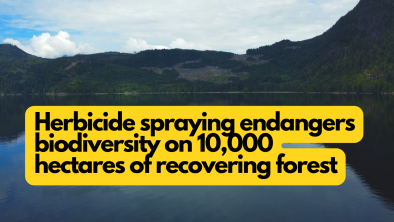Learn more about Canada's disappearing bees

Bees and other pollinators are an essential part of our agricultural system. They provide critical services that help feed wildlife and they contribute billions to our economy every year. But right now, pollinators all over the world are facing serious threats.
Global bee populations have plummeted in the last 20 years, and Canada is no exception. According to the National Honey Council, Canadian honey bee colonies have experienced annual losses of 35 per cent for the last three years. In 2012, Health Canada investigated a number of unusually high bee deaths, and a beekeeper in Elmwood, Ontario reported a massive die-off that resulted in the loss of 37 million bees.
Understanding the importance of pollinators – and learning more about why they’re at risk – is crucial if we are going to help ensure their survival. That’s why we’ve produced a brand new educational report on this issue, entitled Disappearing Bees.
The report explains the vital role that pollinators play in our ecosystems and our everyday lives, shedding light on recent bee kills that have sparked calls for action around the world. It also takes a deeper look at how a class of deadly pesticides called neonicotinoids (neo-nicoteen-oids) is impacting beneficial insects like bees, citing important scientific research that makes the link between these toxins and ongoing bee deaths.
Neonicotinoids aren’t the only reason for the frightening drop in pollinator numbers – habitat loss, monoculture crops and disease have all played a part in the decline. But what we do know is that these bee-killing pesticides pose an immediate and preventable risk.
Other jurisdictions have already taken steps to prevent further harm to their pollinators by placing restrictions on certain types of neonicotinoids. But here in Canada, regulators are falling far behind. The Wilderness Committee is pushing for a complete nation-wide ban on these bee-killing pesticides, to help ensure proper protection for our pollinators – before it’s too late.
Click here to download the full report!


